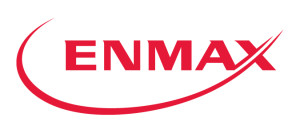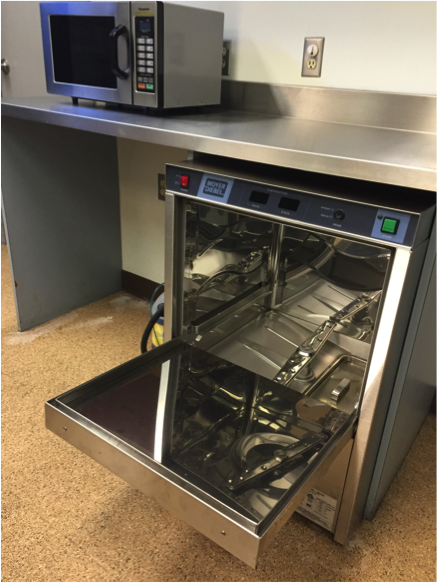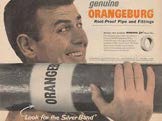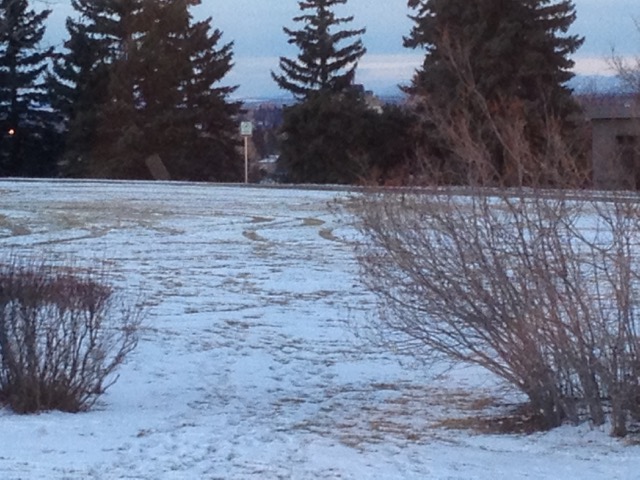The Cambrian Heights Community Association would like to think ENMAX and the Federation of Calgary Communities for their generous support through the Energizing Spaces Fund in the purchase of two new energy saving appliances for the Community Hall. The new dishwasher and microwave replaced previous appliances that were cumulatively over 60 years in service.




 An article published in the November 9th edition of the National Post highlighted the use of cardboard sewer pipes (marketed under the Orangeburg name) in the housing boom after WW II to accommodate the “baby boomers”. This was reflective of the shortage of metal in the late 1940’s and early 1950’s. This article, by Tristin Hopper may be found at the National Post website www.nationalpost.com and searching cardboard pipes. Alternatively Googling “Orangeburg” will indicate a number of sites discussing the problems now being encountered with this piping in many houses. This can be a major expense to the homeowner as they are responsible for the connection from the residence to the City main lines.
An article published in the November 9th edition of the National Post highlighted the use of cardboard sewer pipes (marketed under the Orangeburg name) in the housing boom after WW II to accommodate the “baby boomers”. This was reflective of the shortage of metal in the late 1940’s and early 1950’s. This article, by Tristin Hopper may be found at the National Post website www.nationalpost.com and searching cardboard pipes. Alternatively Googling “Orangeburg” will indicate a number of sites discussing the problems now being encountered with this piping in many houses. This can be a major expense to the homeowner as they are responsible for the connection from the residence to the City main lines.




You must be logged in to post a comment.